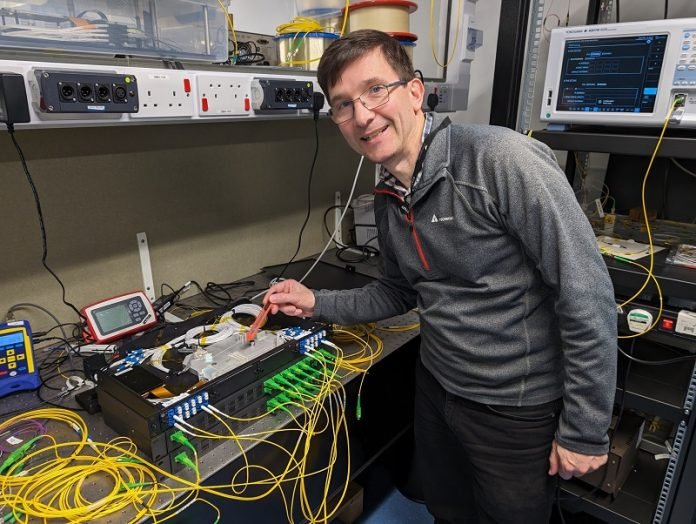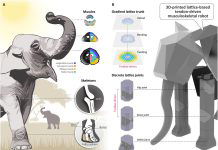
In a groundbreaking experiment, a team from Aston University, along with international partners, has achieved a data transfer speed millions of times faster than the Wi-Fi you might be using at home.
They reached speeds of 301 terabits per second. To put that into perspective, it’s like downloading thousands of movies in a fraction of a second!
The average home internet speed, according to a recent report, is about 69.4 megabits per second.
The team’s achievement is 4.5 million times faster than this, setting a new world record for the fastest data transfer ever achieved through a single, standard optical fiber – the same kind used to provide internet to homes and offices.
The secret to their success lies in exploring new areas of the light spectrum.
Optical fibers carry data using light, and until now, only certain “colors” or wavelengths of light were used for sending data.
The Aston team, working with researchers from Japan’s National Institute of Information and Communications Technology and Nokia Bell Labs in the U.S., ventured into unexplored territories by using new wavelength bands.
These bands are parts of the light spectrum that were previously unused because the existing technology was sufficient for our needs.
But as we crave faster internet and more data, new solutions are needed.
The researchers developed special devices that can work with these new bands, effectively expanding the “highway” our data travels on, allowing for much more information to pass at once.
Dr. Ian Phillips, part of the Aston team, played a key role in developing an optical processor that helped manage this massive amount of data.
This technology, including optical amplifiers and optical gain equalizers, makes it possible to use these new bands of light.
Professor Wladek Forysiak pointed out that this isn’t just about breaking records.
It’s about meeting the world’s growing data needs in a way that’s efficient and environmentally friendly.
By using more of the light spectrum, we can enhance the capacity of the existing network of fibers. This means we won’t have to lay down as many new cables, saving costs and reducing environmental impact.
The results of this remarkable experiment were shared with the world at a major conference in Glasgow and published by the Institute of Engineering and Technology.
It’s a giant leap forward in the field of communication technology, promising a future where data can travel at previously unimaginable speeds.



